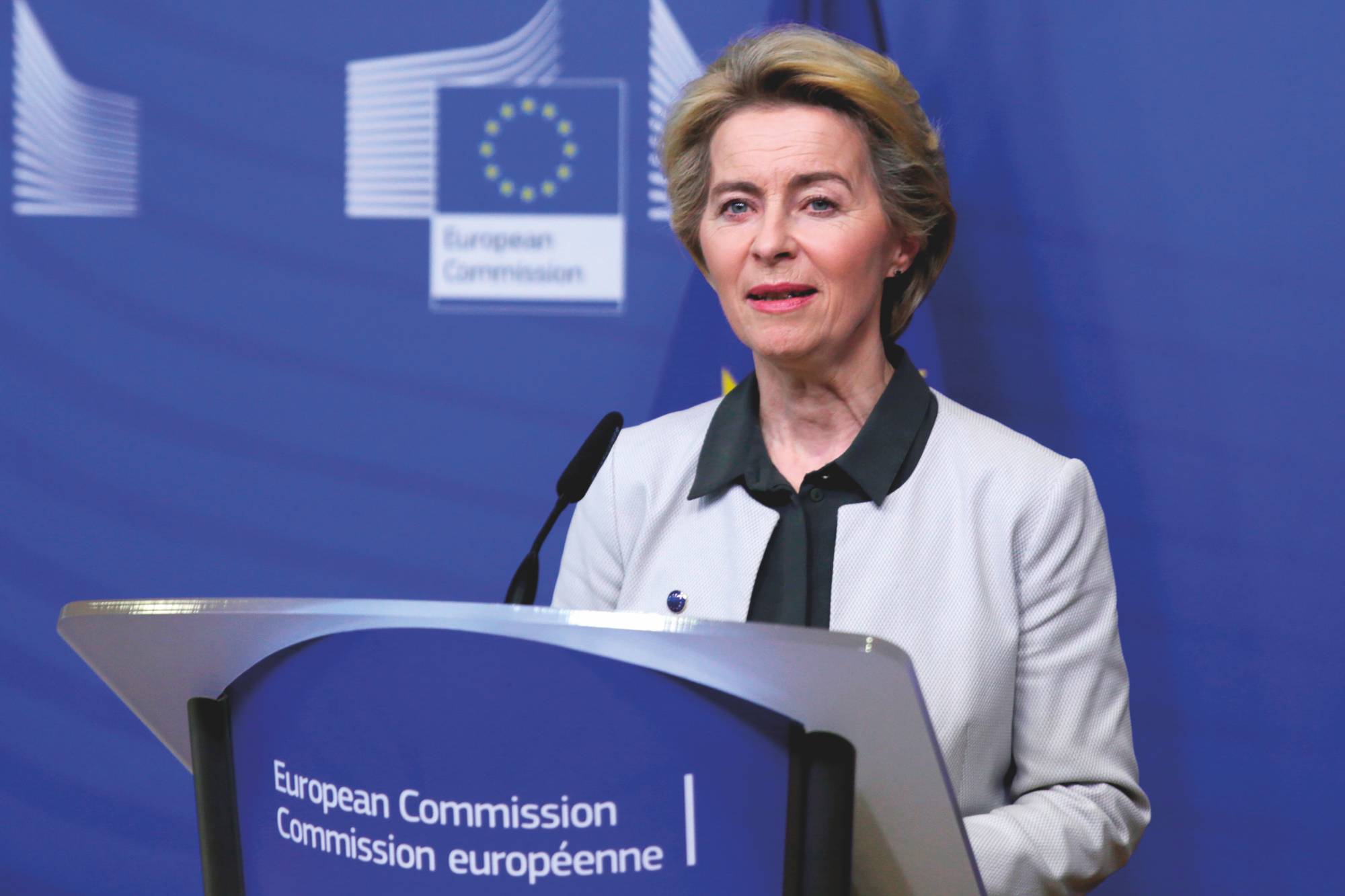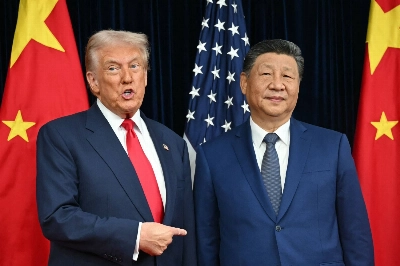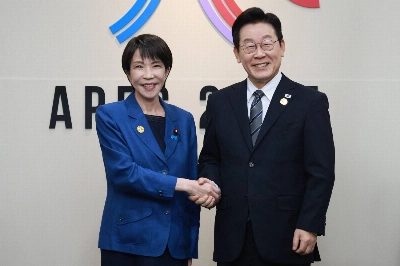Having done so much to elevate the global climate debate to the highest levels of diplomacy, the European Union and key member-state governments will soon be confronted with a fundamental paradox. The world’s prime-mover and norm-setter on climate change is heading into a year of bruising and protracted political struggle to realize its own climate ambitions.
On July 14, to little fanfare, the European Commission unveiled one of the most important climate-policy responses since the signing of the Paris agreement in 2015. The commission’s Fit for 55 plan offers a bold blueprint for reducing greenhouse-gas emissions by 55% by 2030, on the way to reaching net-zero emissions by 2050. With a precise set of policy proposals adapted to different geographies, social systems, energy mixes and wealth levels, the plan is truly impressive, demonstrating clearly how the EU Green Deal will work in practice.
Unlike its American counterpart, Europe’s Green Deal was not born of grassroots activism. Although it is a response to demands supported by voters in the last European elections, it is an initiative based in the EU’s executive branch. Much to its credit, the commission has managed to mobilize the necessary technocratic and legislative expertise faster than any other institution in the world. And because the EU Green Deal will define economic policy in the world’s largest single market, it has the potential to establish new norms globally, shaping the contours of the future net-zero economy.


















With your current subscription plan you can comment on stories. However, before writing your first comment, please create a display name in the Profile section of your subscriber account page.